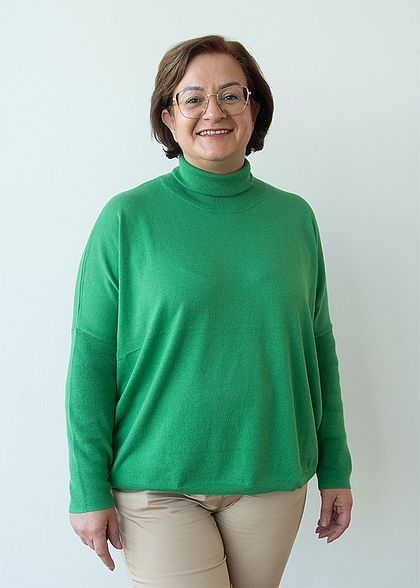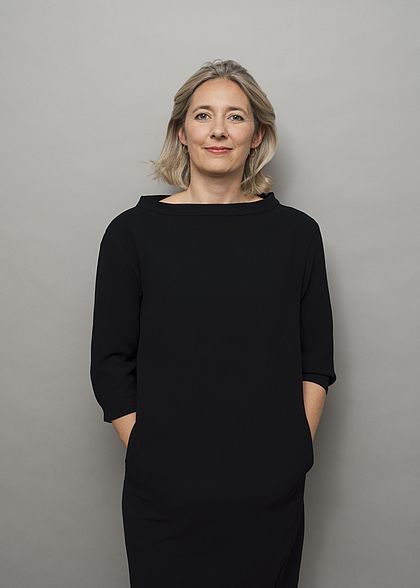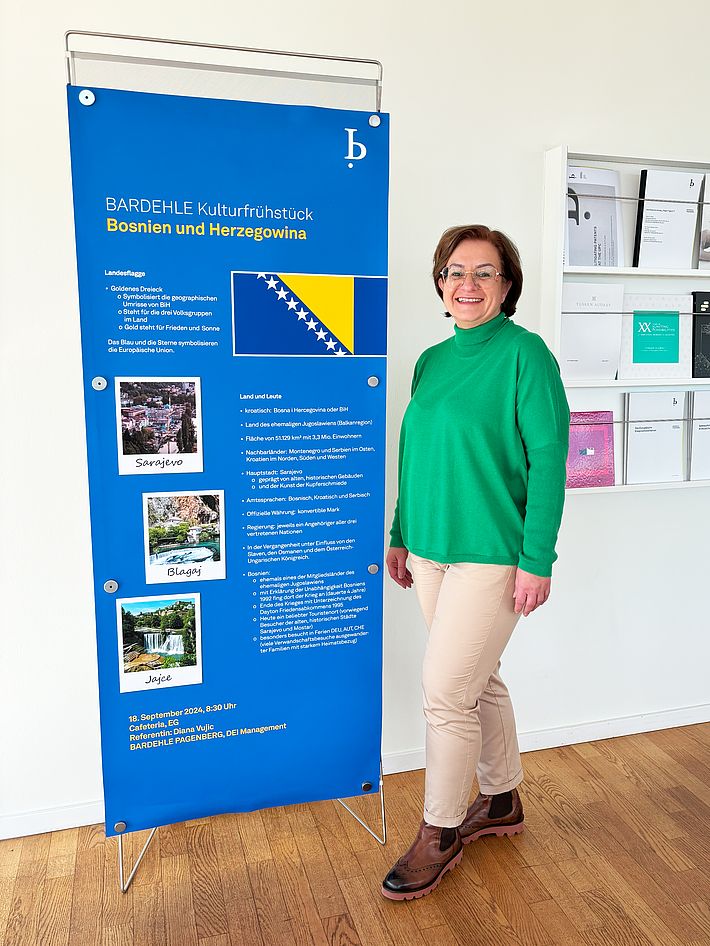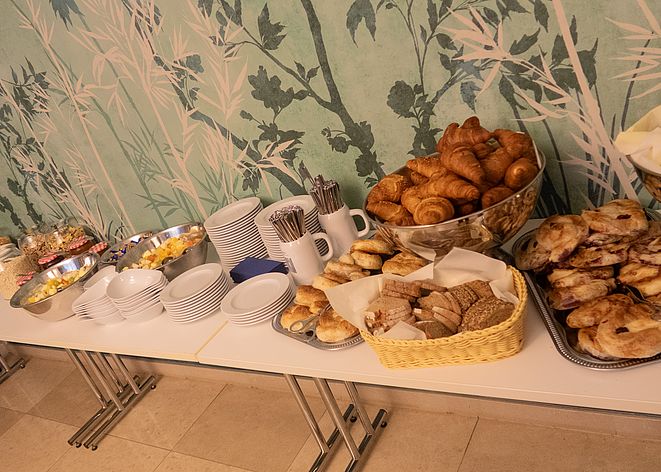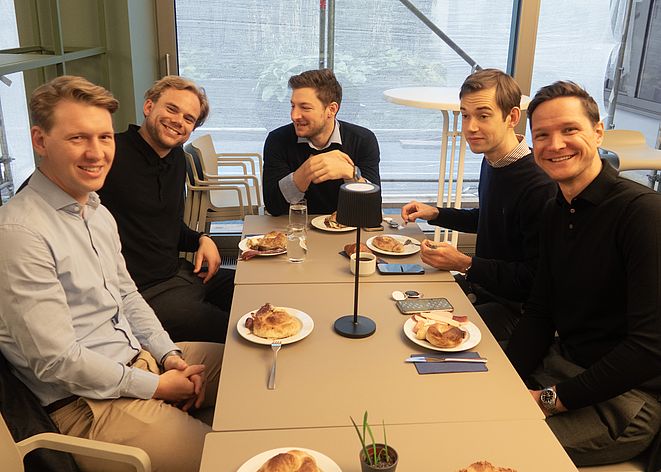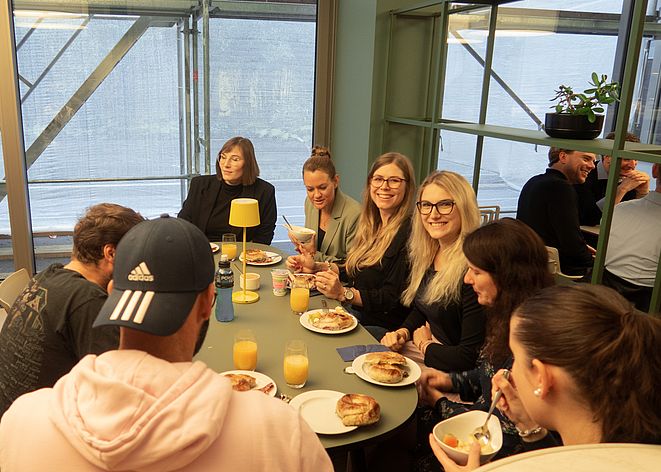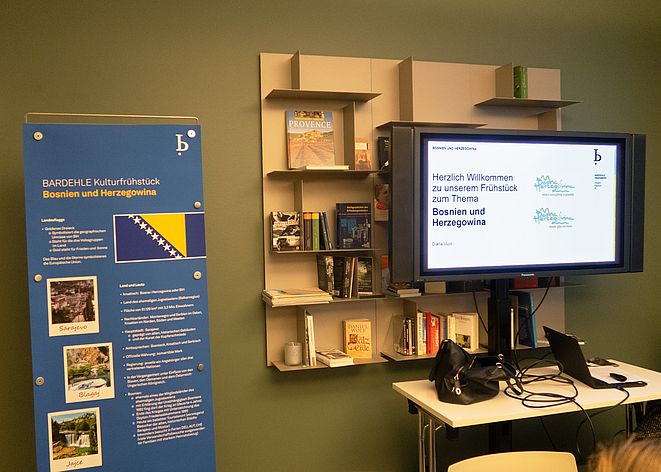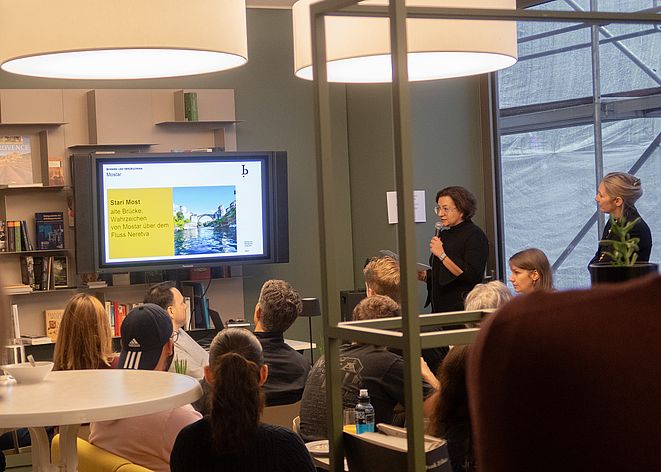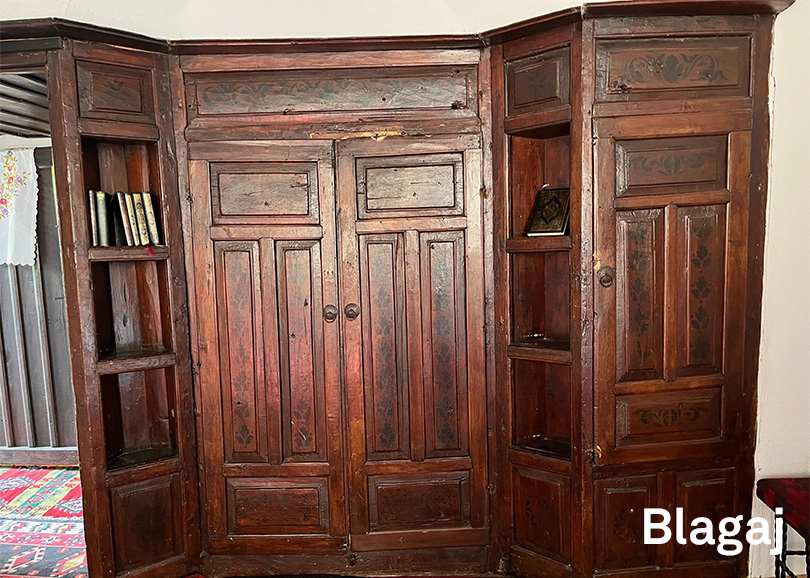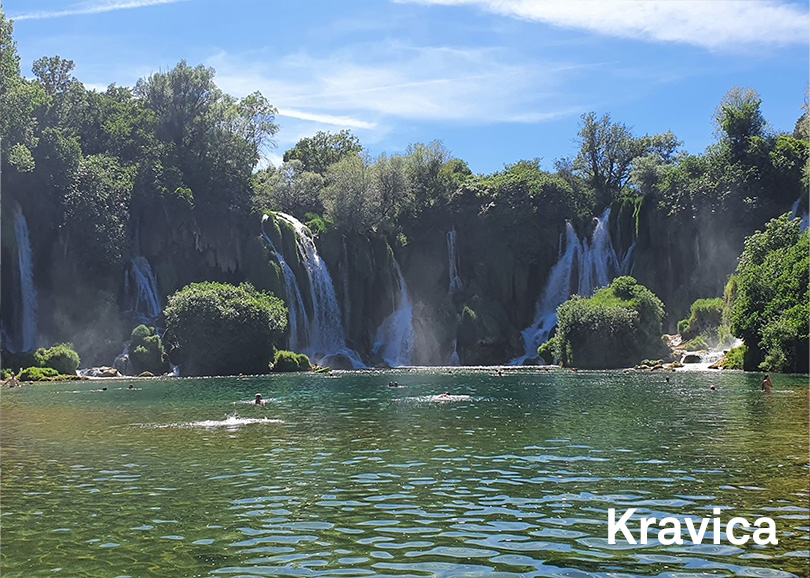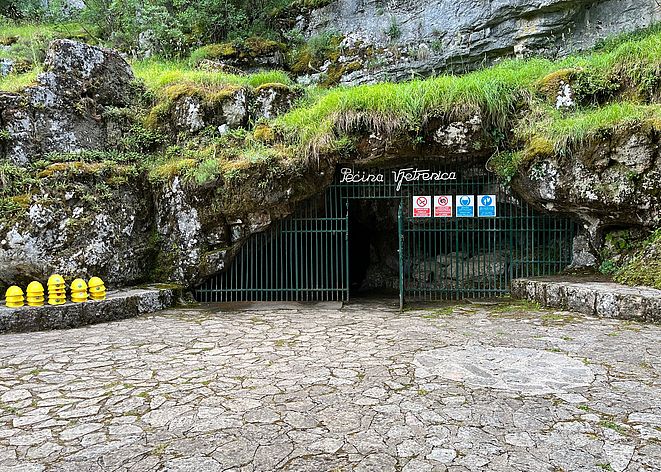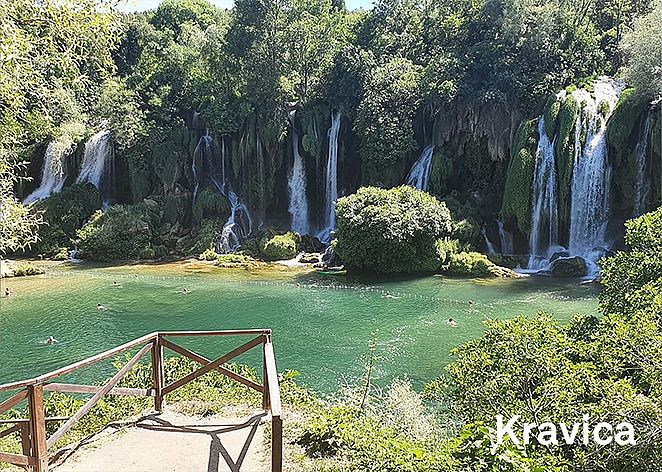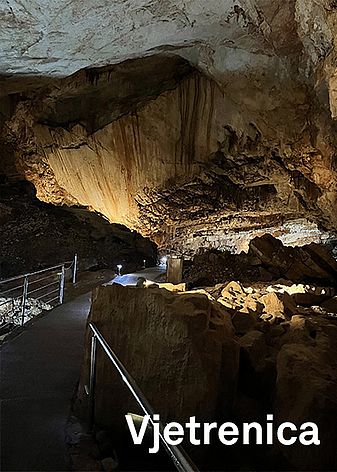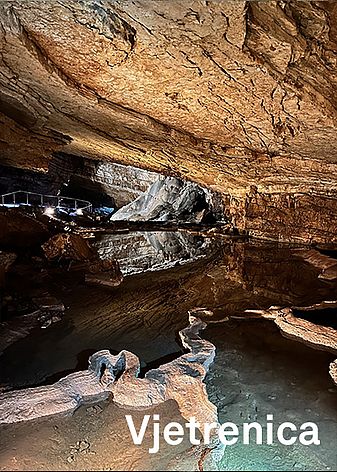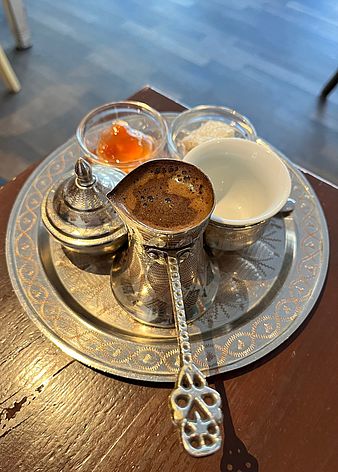Bosnien and Herzegovina - in Croatian "Bosna i Hercegovina"
The country and its history
- Area: approx. 51 km²
- Population: 3.3 million
- Neighboring countries: Serbia and Montenegro to the east, Croatia to the north, west and south
- Official languages: Croatian, Serbian and Bosnian; different dialects
- Currency: convertible mark
Bosnia was part of the medieval Kingdom of Bosnia with its own culture and religion.
Ottoman empire: Bosnia was conquered by the Ottoman Empire in the 15th century; Islam and Ottoman influences are still visible in the country today.
Austro-Hungarian empire: In the 19th century, Bosnia became part of Austria-Hungary, which also influenced the development of the country.
After the First World War, Bosnia became part of the Kingdom of Yugoslavia, which was transformed into a socialist republic after the Second World War.
The Bosnian War began in 1992 when Bosnia-Herzegovina declared its independence from Yugoslavia. More than 100,000 people died throughout the country. The terrible war ended in 1995 with the signing of the Dayton Peace Agreement.
National flag
 | Golden Triangle
The blue and the stars symbolize the European Union. |
The most beautiful places - my travel recommendations
Sarajevo - Bascarsija
The capital Sarajevo is a melting pot of cultures and full of sights, bazaars and museums. The main attraction for tourists are the many historical buildings, such as the Gazi Husrev Beg Mosque or the Sahat Kula clock tower.
Bascarsija: bazaar and the historic city center of Sarajevo, laid out in the 15th century when Isa-Beg Isakovic founded the Ottoman city below the settlement of Vratnik. “Bascarsija” is Turkish and means bas capital or primary, carsija bazaar or market. Officially, this is only the name of the central square, but it is used for the entire Ottoman market district.
Special historical fact: Archduke Franz Ferdinand and his wife were murdered here by Gavrilo Prinzip (Serbian supporter of the Mlada Bosna movement). This event was one of the triggers for the First World War.
The XIV Winter Olympics were held in Sarajevo in 1984.
Mostar
The historic bridge over the River Neretva in Mostar is famous, as it was a masterpiece of engineering at the time of its construction in 1566. For centuries, it has been a symbolic link between East and West, connecting the Muslim-dominated eastern part with the more Catholic-dominated western part. Destroyed by Croatian troops in 1993, rebuilt with international help and reopened in 2004, the bridge is now a UNESCO World Heritage Site.
Blagaj
12 km south of Mostar, the river Buna rises in Blagaj. With a flow rate of 43,000 liters per second, the Buna is one of the largest karst springs in Europe. This even fascinated an Ottoman vizier, who had a dervish monastery (tekija) built right next to the spring. Anyone spending a few days in Mostar should not miss Blagaj!
Pocitelj
The castle and settlement of Pocitelj - which dominates the Neretva Valley, at least visually - was first mentioned in a document in 1444. However, the fortified settlement was probably built as early as 1383 by order of the first Bosnian king, Tvrtko I. Its eventful history can still be explored today, as the complex is well preserved.
Kravica Wasserfälle
The Kravica waterfalls are one of the most breathtaking natural phenomena in Herzegovina. Height between 26 and 28 meters, width approx. 120 meters; swimming is also possible in the crystal-clear water. In the past, the waterfalls were used by millers to drive their water mills, whereas nowadays it is mainly bathers who refresh themselves at the waterfalls.
Trebinje
The picturesque old town, 26 km from Dubrovnik, boasts centuries-old Orthodox and Catholic churches, as well as the 16th century Arslanagic Bridge, considered a masterpiece of Ottoman architecture. The main attraction in Trebinje is Hercegovacka Gracanica, an Orthodox church built in 2000 and located on Mount Crkvina above Trebinje. From here you have a fantastic view of the entire town. The idyll is completed by the small river Trebisnjica, which meanders slowly through the town center and is perfect for a relaxing canoe trip. With 260 days of sunshine and a Mediterranean climate, Trebinje is considered one of the warmest cities in Bosnia and Herzegovina, which is reflected in the friendly disposition of its residents.
Vjetrenica
Vjetrenica is a hydrologically active, speleologically flowing object with 4 water streams and about ten smaller, periodic water streams with subterranean lakes. It is located in the southern part of the Dinaric Mountains, with access to the immediate edge of the Popovo field, at an altitude of 260 meters above sea level, 12 kilometers from the Adriatic Sea. Tourists can visit this geo-reserve, which is protected as a natural monument, on a 1.8 km long trail. Vjetrenica has also been on the UNESCO World Heritage List since June 2024.
Neum
Neum is the only town in Bosnia and Herzegovina with access to the Adriatic Sea: smaller and larger stone beaches and very good water quality make the town an attractive destination for excursions.
In the 17th century, the area around Neum was a bone of contention between the Republic of Venice and the Republic of Ragusa (Dubrovnik). With the Peace of Karlowitz in 1699, the strip of land became part of the Ottoman Empire, partly because the Republic of Ragusa wanted to prevent further strengthening of Venice in the region and gave the Ottomans a strip of land in the north-west of the Ragusan domain as a buffer to Venetian Dalmatia. This gave the Ottomans access to the Adriatic Sea for the first time. The strip of land subsequently became part of Herzegovina.
Jajce
Jajce was the royal seat of Bosnia, the founding place of the People's Republic of Yugoslavia and is famous for its well-preserved old town, which is situated around a 20-metre-high Pliva waterfall. The entire town, including the historic fortifications, is a protected monument and is on the UNESCO World Heritage waiting list. Other sights: the Roman temple of the god Mithras, the waterfall on the Pliva, the AVNOJ Museum (foundation of the state of Yugoslavia), the Tower of St. Luke, the Esma Sultanija Mosque.
Travnik
There are numerous well-preserved buildings from Ottoman and Austro-Hungarian times to discover in the old town. These include the Colorful Mosque, which is considered one of the most beautiful in the country. A well-preserved fortress from the 16th century is another of the city's landmarks, as is the birthplace of the writer Ivo Andric, a Nobel Prize winner for literature, which can now be visited as a museum.
Banja Luka
The second largest city in Bosnia and Herzegovina is located in the north of the country, on the banks of the Vrbas. The 16th century Kastel fortress offers a panoramic view of the city. The old Ferhadija mosque is an important example of Ottoman architecture from the 16th century.
Bihac
A charming town in the northwest of Bosnia, on the banks of the Una River, known for its natural beauty and rich history. The Una River is a true natural gem and a popular destination for water sports enthusiasts (kayaking, rafting). Hiking, climbing and skiing are also very popular in this region.
Bosnian coffee - the soul of Bosnia
In Bosnia, an invitation to drink coffee is often also an invitation to get to know each other.
Traditionally, Bosnian coffee is served in a copper pot (džezva) with rahatlokum (a sweet) and large cubes of sugar. Served with a glass of water.
Try it - with plenty of peace and quiet and with pleasure (sa ćejfom)!

